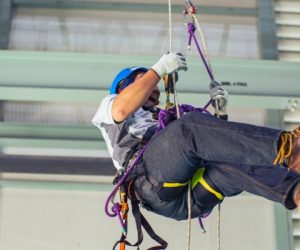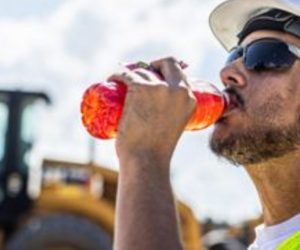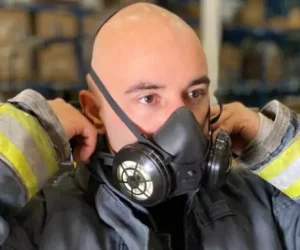- Once hearing loss occurs, the damage is PERMANENT.
- Hearing damage is cumulative, over time, & IRREVERSIBLE.
- Hearing protection must be worn without exception in a toxic noise environment. Even short and seemingly harmless breaks in use during a workday can render currently available hearing protection products INEFFECTIVE.
- Neglecting to use hearing protection for even a short period of time amid high toxic noise can be the equivalent of not hear protection at all!
- Number of U.S. workers exposed to toxic noise now tops 30 million, leaving NIHL (Noise-Induced Hearing Loss) as the leading occupational illness in North America, costing companies hundreds of millions of dollars annually in compensation claims, increase in premiums and employee productivity.
Permanent hearing loss has become the plight of hundreds of millions of industrial workers who have relied on traditional hearing protection, believing that these devices are a proper safety precaution.
- Despite the widespread use of foam plugs and conventional earmuffs since OSHA first mandated hearing protection in 1972, the Ear Professional International Corporation (EPIC) reports that there has been no change in the number of people sustaining hearing loss..
- According to NIOSH,
- 1 in 4 American workers will suffer hearing loss.
- A ratio that has left some 10 million noise-exposed workers in the U.S. permanently deaf.
- The belief is that, through rigid enforcement, employees will be either muscled or scared into wearing their hearing protection and eventually get with the program.
- Enforcement seems to have done more to aggravate the problem than improve compliance or curb the alarming spread of Noise-Induced Hearing Loss in the industrial workplace.
- The keys to the successful use of hearing protection products are;
- Comfort – product must provide continued comfort for extended use.
- Communication – product must allow users to hear conversation and warning signals while working in toxic noise environments. This is critical to worker performance and safety.
- Education – users must be educated on the proper use of their hearing protection devices and the dangers of not wearing their hearing protection.
These are the issues that drive workers to remove their hearing protection in dangerous situations, resulting in diminishing the effectiveness of their hearing protection and increase exposure to toxic noise.
Examples of Common Industrial Noise
| NOISE SOURCES | SOUND LEVEL (dB(A)) |
| Guns | 140-180 (peak) |
| Airports | 100-150 |
| Mining | 115-120 |
| Pneumatic Hammers | 110-120 |
| Forestry Machines | 105-120 |
| Pyaloaders | 105-115 |
| Concrete Machines | 100-115 |
| Highways | 100-110 |
| Riveting | 100-110 |
| Diesel Engines | 90-120 |
| Electric Machines | 90-110 |
| Industrial Ventilation | 90-110 |
| Chain Saws | 90-110 |
| Wood Industries | 90-110 |
| Farm Tractors | 85-100 |
| Light Tractors | 85-95 |
Examples Common of Environmental Noise
| NOISE SOURCE | SOUND LEVEL (dB(A)) |
| Normal Conversation | 60-70 |
| Busy Street, Dial Tone Phone | 80-90 |
| City Traffic Heard from Inside of car | 85 |
| Violin | 84-103 |
| Trombone | 85-114 |
| Average Walkman on 5 of 10 setting | 94 |
| Power Mower | 107 |









